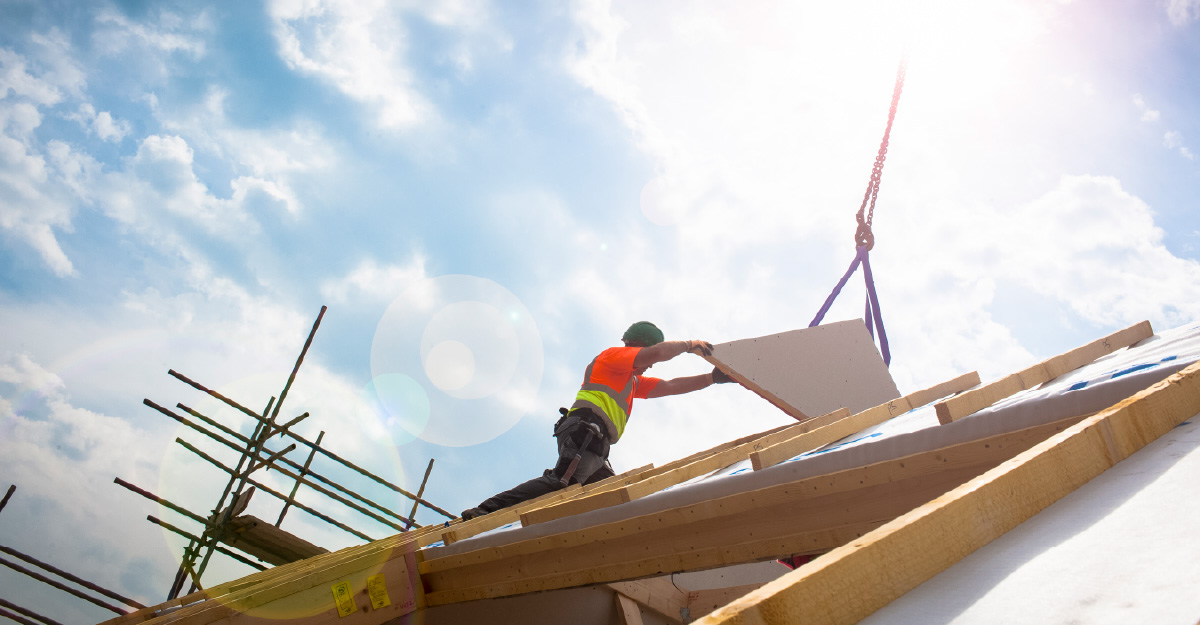
Construction site safety: How to keep your construction workers protected
Accidents happen in all industries, but the threat that construction workers face is high. According to statistics from the National Safety Council (NSC), 41% of construction and installation workers are vulnerable to hazards. 24% say construction and installation have caused or contributed to a severe workplace injury. Construction site safety is paramount. Construction workers may face a variety of hazards, including:
- Falls
- Accidents resulting from equipment failure or misuse
- Electrical and lighting hazards
- Slips and falls caused by poor drainage or wet concrete surfaces
While accidents can happen on any job site, you can provide enough safety on your site to ensure that your workers stay safe.
How do we prevent accidents at construction sites?
There are several ways for both employers and employees to protect themselves against injury at worksites:
- Wear personal protective materials.
- Walkthrough site hazards.
- Do daily safety checks.
- Create a culture of safety.
- Follow Occupational Safety and Health Administration (OSHA) Regulations.
- Conduct a site inspection.
Related: How to prepare for emergencies at work
Wear personal protective materials
Employers must provide workers with personal protective equipment (PPE). When construction workers are on the job site, they must wear personal protective equipment (PPE) that protects them from falling off of scaffolding or from injuries from power tools. Some PPE includes:
- Hard hat. Construction workers should wear this while working in areas that are the potential for a fall.
- Eye and face protection. This material protects against flying particles and other debris in high-risk environments.
- Protection harnesses/fall arrest systems/lifelines/safety ropes/retractable lanyards (RLAs). The devices help prevent accidental falls by catching workers if they slip or fall while working at heights on structures such as roofs or scaffolds and prevent injuries caused by sudden movements, which could cause them to fall off walkways and platforms.
Employers should ensure safety training for workers is up to date.
Ensure that your training is up to date and tailored to the project requirements. Employers must train employees on what to do in emergencies, like fires or injuries, and ensure they are fully aware of any risks involved in their work. The training will minimize accidents or result in fewer injuries for workers on site.

Walkthrough site hazards
Employers/supervisors must walk through the worksite with each worker and point out dangers, such as holes in floors or walls and equipment that could cause injury and unprotected heights. Ensure they know how to deal with those hazards and what to do if they see a threat.
Make sure workers know how to report hazards.
If an accident happens, businesses should have legal requirements for reporting it correctly according to Occupational Safety and Health Administration (OSHA) regulations. Discuss the proper way for workers to record any unsafe conditions on-site so that you can take action immediately before someone else gets hurt.
Do daily safety checks.
Safety checks are an essential part of your job, but they don’t have to take up a lot of time. You can do some simple safety checks each day before work starts.
- Check for hazards. Before starting any task and throughout the day as you work, check for potential threats in the area where you’ll be working and remove them if they exist.
- Check equipment and tools. Daily, have a safety expert inspect ladders and scaffolding to check for damages. If the tools show signs of wear or damage, replace them instead of continuing to use them, which potentially causes serious injury.
- All employees should wear personal protective equipment (see above), including goggles when necessary (in particular when operating machinery) and protective gloves when handling chemicals/materials that can harm the skin even after being washed off immediately afterward (e.g., rubbing alcohol).
Create a culture of safety
The first step to creating a safety culture is for everyone on the site to understand that safety has to be a top priority. Safety should be everyone’s responsibility, and it takes work from every person involved in the project.
To build this kind of culture, you need to ensure that workers understand what they can do to help keep themselves safe. It’s important to stress that there isn’t just one right way. There are many ways employees can improve their practices and habits, like wearing helmets when working near heavy machinery or making sure they have tested all equipment before use.
You can also get your workers involved in activities specifically designed for safety.
Follow Occupational Safety and Health Administration (OSHA) Regulations
If you don’t follow OSHA regulations, the consequences can be severe.
If a worker on your construction site suffers a preventable accident because of your negligence, you may be liable for any damages incurred. It can lead to costly lawsuits that are difficult to defend against because they often involve preventable accidents. It’s essential to understand what OSHA regulations require so that fines or lawsuits don’t surprise you down the line.
Conduct a site inspection construction site safety
It will enable employers to learn if employees adhere to instructions given by supervisors regarding how they should handle tasks safely and are wearing the proper personal protective equipment under safety procedures.
Following these suggestions, you will help prevent the most common workplace injuries from happening. An understanding of proper site preparation and work zone procedures is vital to all workers to minimize potential accidents. By keeping your workers safe, you can reduce the risk of expensive insurance claims and lost productivity.
